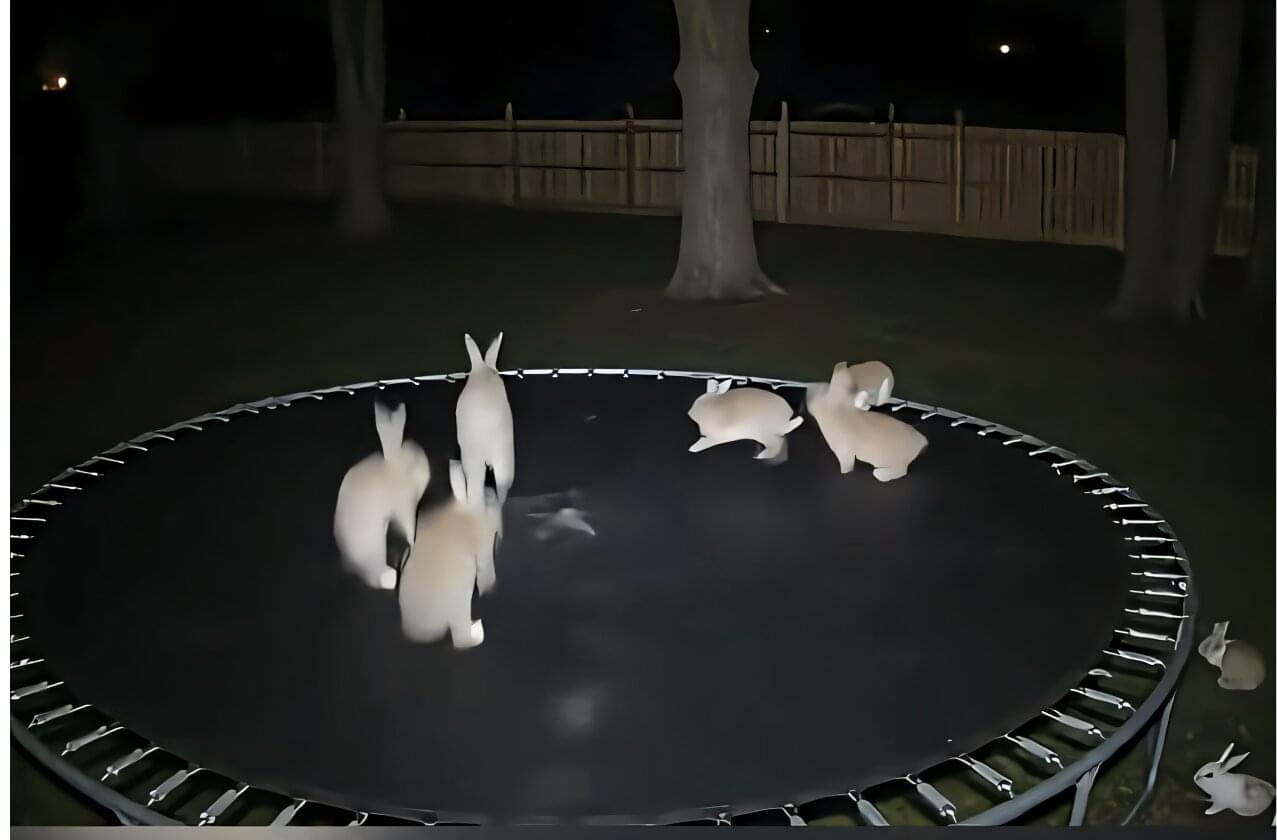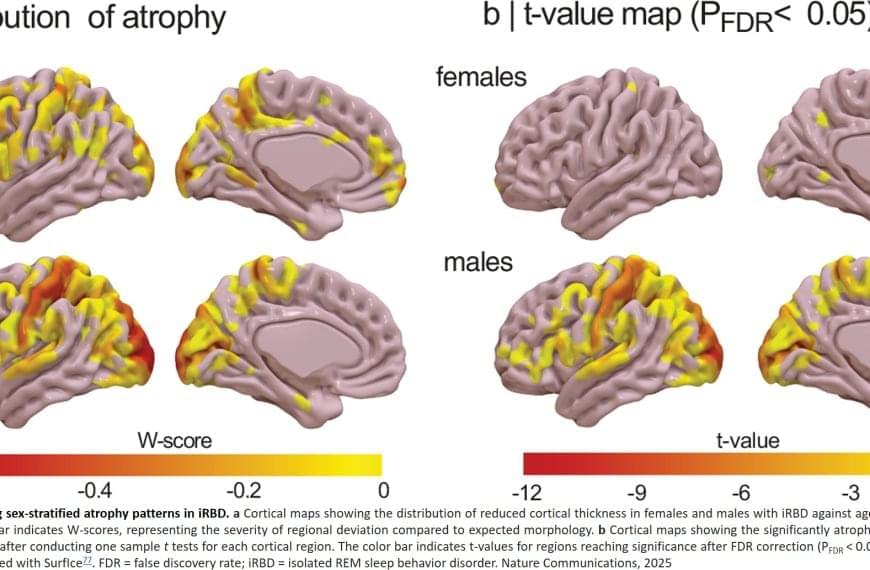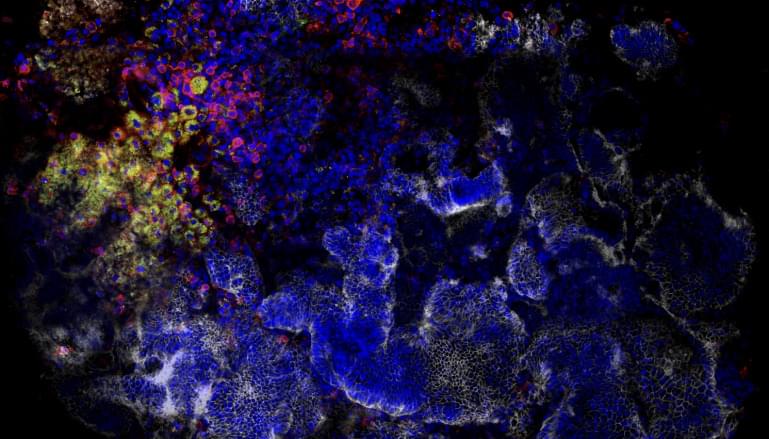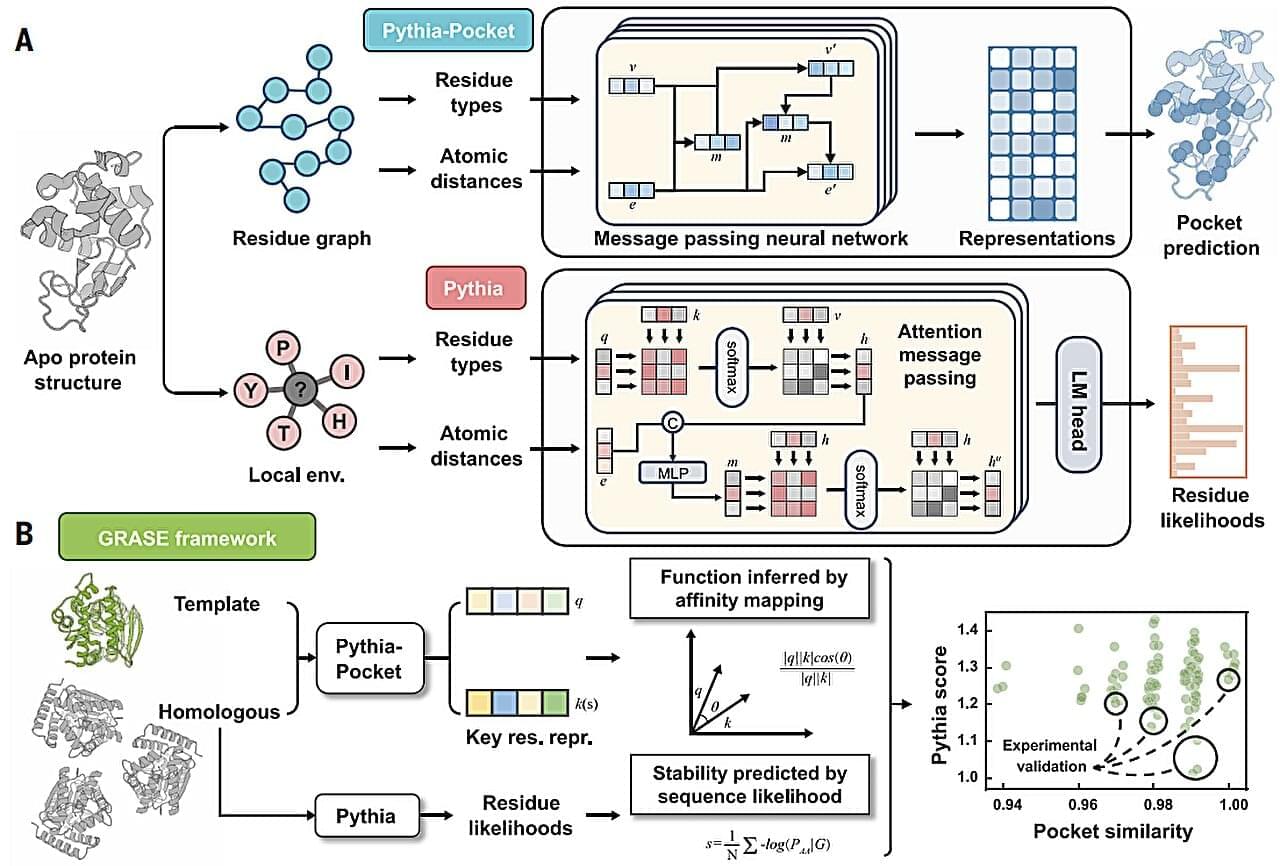A new study published in Environmental Research Letters reveals that even advanced climate intervention strategies may not be enough to secure the future of wine grapes, coffee and cacao.
These crops are vital to many economies and provide livelihoods for farmers worldwide. However, they are increasingly vulnerable to the effects of climate change. Rising temperatures and changing rainfall patterns cause big variations in crop yields from year to year, meaning that farmers cannot rely on the stability of their harvest, and their produce is at risk.
The researchers specifically investigated Stratospheric Aerosol Injection (SAI) as a way of mitigating climate change in the top grape, coffee and cacao growing regions of western Europe, South America and West Africa. SAI is a hypothetical solar geoengineering method that involves releasing reflective particles into the stratosphere to cool Earth’s surface, mimicking the natural cooling effects of volcanic eruptions.






